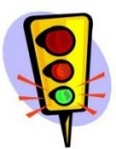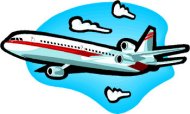
Worksheets and No Prep Teaching Resources
Reading Comprehension Worksheets
Transportation

Transportation
 Worksheets and No Prep Teaching Resources Reading Comprehension Worksheets Transportation |
 Transportation |
| edHelper's suggested reading level: | grades 5 to 7 | |
| Flesch-Kincaid grade level: | 10.45 |
|
Jet Reaction, Part 2
By Trista L. Pollard |

|
 1 As you read in Jet Reaction, Part 1, the birth of the reaction engine was due to many scientists throughout the years. When airplanes first flew onto the scene, their motion was produced by propeller-driven engines. Scientists and inventors in the late eighteenth and early nineteenth centuries began to develop airstream or jet engines to use in aircraft.
1 As you read in Jet Reaction, Part 1, the birth of the reaction engine was due to many scientists throughout the years. When airplanes first flew onto the scene, their motion was produced by propeller-driven engines. Scientists and inventors in the late eighteenth and early nineteenth centuries began to develop airstream or jet engines to use in aircraft. |
Create Weekly Reading Books
Prepare for an entire week at once! |
| Leave your feedback on Jet Reaction, Part 2 (use this link if you found an error in the story) |
 |
Transportation
|